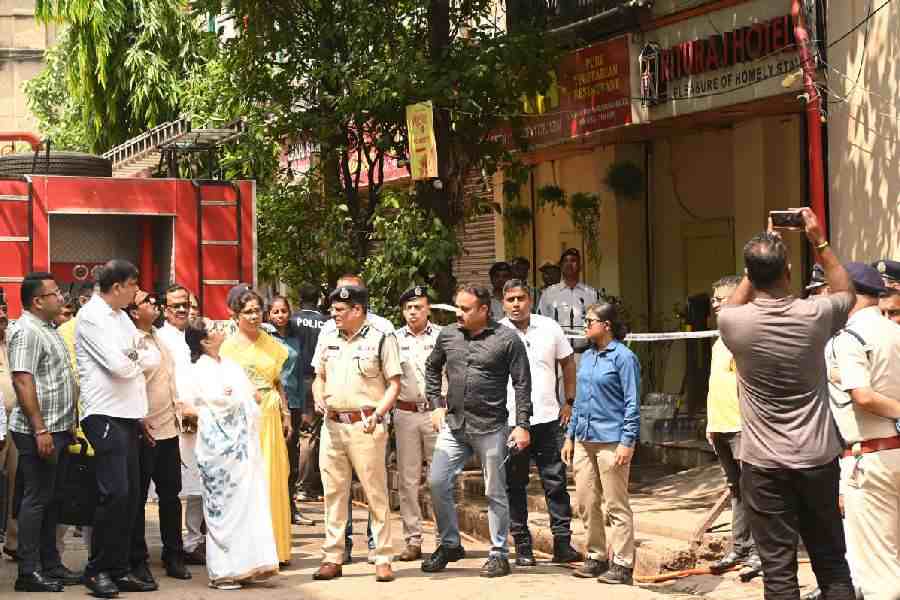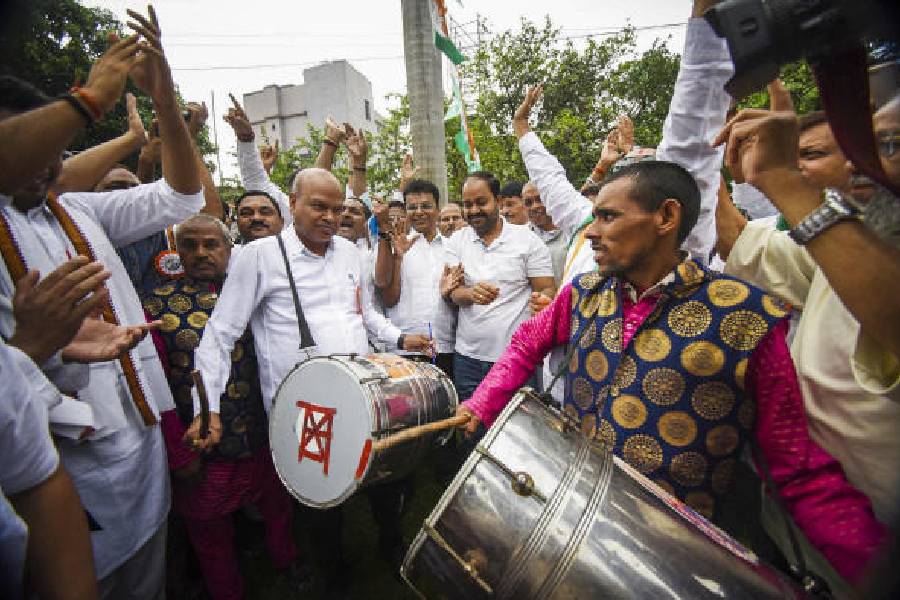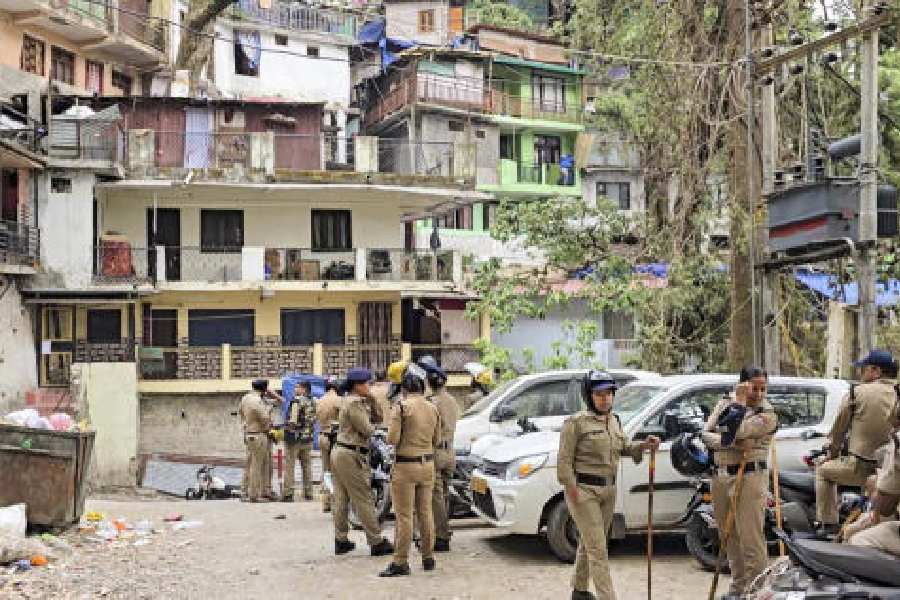New Delhi, April 18: The Ram Setu row is back in the spotlight with the Archaeological Survey of India due to clarify before the Supreme Court tomorrow whether the structure is man-made or a natural formation.
The ASI is, however, unlikely to clarify its stand as its underwater archaeology wing has been defunct for some three years now. Its last trained marine archaeologist, Alok Tripathi, quit in 2009 citing personal reasons after recruitments were put on hold following allegations that due process was not followed.
Ram Setu or Adam’s Bridge between the coasts of Tamil Nadu and Sri Lanka has been at the centre of controversy since the Sethusamudram shipping canal project was planned, requiring dredging in the area.
Some sections claim the Setu was a bridge was built by Ram’s vanar sena and cannot be touched. Others insist it is a naturally formed chain of lime shoals. After the dispute reached the Supreme Court, it sought the ASI’s opinion.
“There is a continuous wall-like structure that is 47km long and about 1km wide in some places. Whether it is a shoal formation or a man-made structure is debatable. You cannot establish that till proper excavation work and investigations are carried out. For that you need a trained marine archaeologist,” a senior ASI official said.
The ASI, given two weeks by the top court on March 29 to make clear its stand in an affidavit, is now trying to tie up with Goa’s National Institute of Oceanography (NIO) to revive its marine archaeology wing.
“We are planning to revive the wing. An MoU (with the Goa centre) will ensure that training is provided for our personnel. We can also start explorations with their help,” said B.R. Mani, the ASI assistant director-general.
The two organisations have, however, not been on the friendliest of terms. In 2004, the NIO published a paper claiming that circular structures it discovered off the coast of Dwarka in Gujarat were part of Krishna’s lost city. There was an uproar against the claim, after which then culture minister Jagmohan asked the ASI to probe the matter. The ASI has yet to publish its findings but word is that it had differences with the NIO.
At the moment, there are a handful of marine archaeologists in India, specifically three principal technical officers at the Goa institute. So, there have been few underwater explorations of late — in Dwarka as well as in Mahabalipuram and Poompuhar in Tamil Nadu.
Tripathi, the official who quit the ASI in 2009 and joined the history department of Assam University, said: “The Indian sub-continent has a history of trading since the Harappan times. Most of the trade was carried out via the sea route.
“If we sincerely carry out explorations, there has to be a shipwreck dating back to that period which can give us valuable information.”
Tripathi said what was crucial was that under the sea ancient artefacts were preserved better than on land. “If an artefact is buried under sea, it will be mint fresh.”
A.S. Gaur, a principal technical officer at Goa’s NIO, said underwater excavation was very challenging. “You get very limited time for underwater excavation. In a day, you can only work for three to four hours. The underwater sites are usually very dynamic and susceptible to changing weather conditions.”
India does not have a history of marine archaeology. The ASI’s underwater wing was set up in 2001. The Goa institute has, however, been functional since 1981. But it has not expanded its workforce and its findings, such as the Dwarka structures, have often invited criticism for religious overtones.










